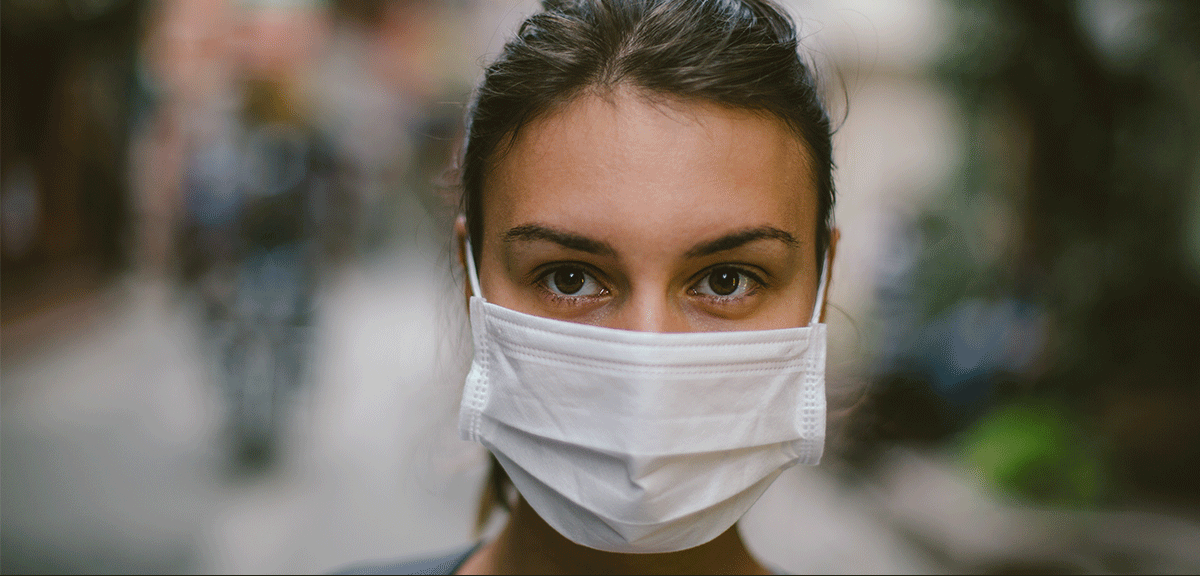
Why KN95?
WHAT IS A KN95 MASK?
KN95 masks are classed as a filtering face-piece respirator (FFR). These can also be called disposable respirators.
FFRs are subject to regulatory standards around the world. These standards are recommended by health authorities during a pandemic or emergency as the standards full-fill physical properties and performance that satisfy clinical health and safety requirements.
The following specifications are listed to help clarify similarities between different FFRs with the same regulatory standard:
- KN95 (China GB2626-2006)
- N95 (United States NIOSH-42CFR84)
- FFP2 (Europe EN 149-2001)
- P2 (Australia/New Zealand AS/NZA 1716:2012)
- DS (Japan JMHLW-Notification 214, 2018)
- Korea 1st class (Korea KMOEL – 2017-64)
The following documents and table are also a guide to regulatory standards across international products. Due to the extreme shortage of PPE the following documents will best advise you how to choose an equivalent product which is in stock.
1) 3M Technical Bulletin re Comparison of FFP2, KN95 and N95 Filtering Facepiece Respirator Classes (issued by 3M technical division)
2) AS 4381:2015 Understanding the New Australian Mask Standards
FFR CLASSIFICATION PERFORMANCE COMPARISON.
| Certification/ Class (Standard) | N95 (NIOSH-42C FR84) | FFP2 (EN 149-2001) | KN95 (GB2626-20 06) | P2 (AS/NZ 1716:2012) | Korea 1st Class (KMOEL – 2017-64) | DS (Japan JMHLWNotification 214, 2018) |
| Filter performance – (must be ≥ X% efficient) | ≥ 95% | ≥ 94% | ≥ 95% | ≥ 94% | ≥ 94% | ≥ 95% |
| Test agent | NaCl | NaCl and paraffin oil | NaCl | NaCl | NaCl and paraffin oil | NaCl |
| Flow rate | 85 L/min | 95 L/min | 85 L/min | 95 L/min | 95 L/min | 85 L/min |
| Total inward leakage (TIL)* – tested on human subjects each performing exercises | N/A | ≤ 8% leakage (arithmetic mean) | ≤ 8% leakage (arithmetic mean) | ≤ 8% leakage (individual and arithmetic mean) | ≤ 8% leakage (arithmetic mean) | Inward Leakage measured and included in User Instructions |
| Inhalation resistance – max pressure drop | ≤ 343 Pa | ≤ 70 Pa (at 30 L/min) ≤ 240 Pa (at 95 L/min) ≤ 500 Pa (clogging) | ≤ 350 Pa | ≤ 70 Pa (at 30 L/min) ≤ 240 Pa (at 95 L/min) | ≤ 70 Pa (at 30 L/min) ≤ 240 Pa (at 95 L/min) | ≤ 70 Pa (w/valve) ≤ 50 Pa (no valve) |
| Flow rate | 85 L/min | Varied – see above | 85 L/min | Varied – see above | Varied – see above | 40 L/min |
| Exhalation resistance – max pressure drop | ≤ 245 Pa | ≤ 300 Pa | ≤ 250 Pa | ≤ 120 Pa | ≤ 300 Pa | ≤ 70 Pa (w/valve) ≤ 50 Pa (no valve |
| Flow rate | 85 L/min | 160 L/min | 85 L/min | 85 L/min | 160 L/min | 40 L/min |
| Exhalation valve leakage requirement | Leak rate ≤ 30 mL/min | N/A | Depressurizatio n to 0 Pa ≥ 20 sec | Leak rate ≤ 30 mL/min | visual inspection after 300 L /min for 30 sec | Depressurizatio n to 0 Pa ≥ 15 sec |
| Force applied | -245 Pa | N/A | -1180 Pa | -250 Pa | N/A | -1,470 Pa |
| CO2 clearance requirement | N/A | ≤ 1% | ≤ 1% | ≤ 1% | ≤ 1% | ≤ 1% |




